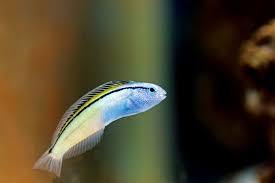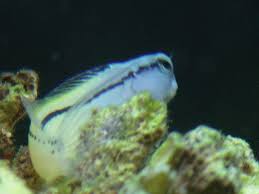
**Introduction**
While the decision to feed cats tomatoes remains a topic of caution, some owners may choose to offer small amounts. In this article, we emphasize the critical role of supervision in ensuring the safety of cats when tomatoes are included in their diet.
**1. Understanding Individual Responses**
Cats, with their unique preferences and sensitivities, may react differently to tomatoes. Some may show interest, while others may have no inclination towards this particular treat. Understanding each cat’s individual response is the first step in responsible tomato feeding.
**2. Small, Ripe Portions Matter**
If opting to introduce tomatoes, it’s crucial to offer only small, ripe portions. Ripe tomatoes generally have lower solanine levels, reducing the potential for toxicity. The emphasis should be on treating tomatoes as an occasional addition rather than a significant part of the cat’s diet.
**3. Watchful Monitoring for Adverse Reactions**
Supervision involves keen observation for any signs of adverse reactions or discomfort after tomato consumption. Key aspects to monitor include:
– **Gastrointestinal Distress:** Watch for vomiting, diarrhea, or any signs of abdominal discomfort.
– **Behavioral Changes:** Observe changes in behavior, restlessness, or discomfort that may indicate an adverse reaction.
– **Allergic Responses:** Keep an eye out for signs of allergies, such as itching, swelling, or respiratory distress.
**4. Immediate Intervention if Needed**
Should any adverse reactions be observed, immediate intervention is necessary. Contacting a veterinarian promptly allows for professional guidance and timely measures to address any potential health issues.
**5. Pet-Proofing the Environment**
Aside from monitoring during feeding, pet-proofing the environment is essential:
– **Secure Ripe Tomatoes:** Ensure that ripe tomatoes are stored securely, preventing cats from accessing them without supervision.
– **Remove Green Parts:** If using tomatoes in cooking, ensure that green parts, including stems and leaves, are promptly disposed of in a covered trash bin.
**6. Veterinary Consultation for Guidance**
Before introducing tomatoes or any new food into a cat’s diet, consulting with a veterinarian is advisable. Veterinarians can provide guidance based on the cat’s health status, potential sensitivities, and nutritional needs.
**7. Conclusion: A Balanced Approach**
In conclusion, a balanced approach to feeding cats tomatoes involves understanding individual responses, offering small, ripe portions, and maintaining vigilant supervision. Responsible pet ownership requires attention to any signs of adverse reactions and immediate intervention if needed. Always consult with a veterinarian for personalized advice, ensuring that any additions to the cat’s diet align with their well-being. Supervision is the cornerstone of a safe and enjoyable experience when exploring non-traditional treats for our feline companions.









